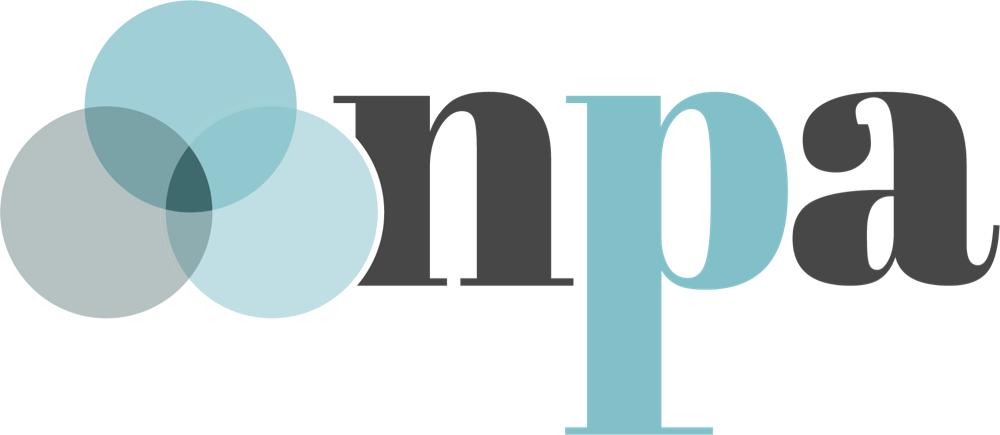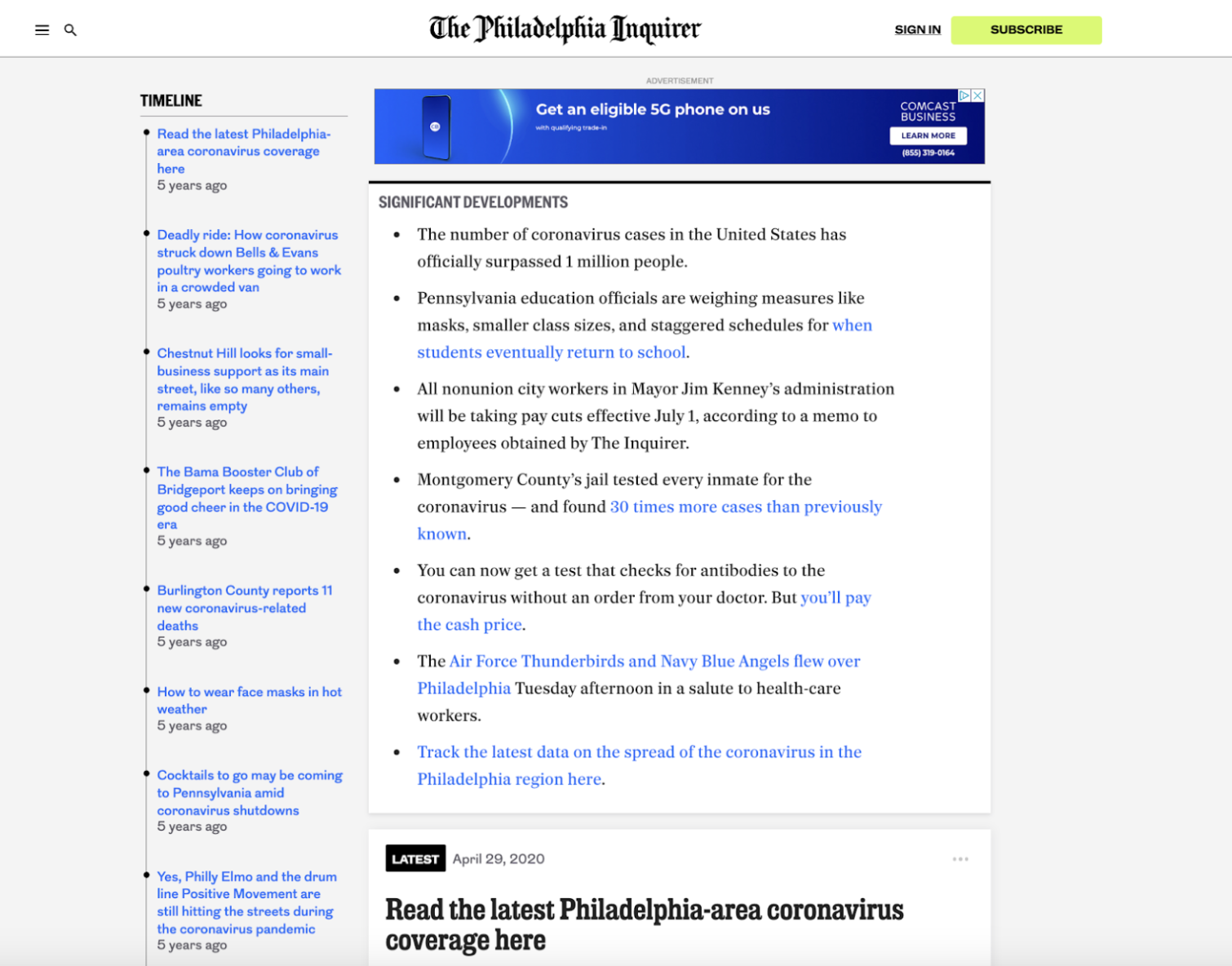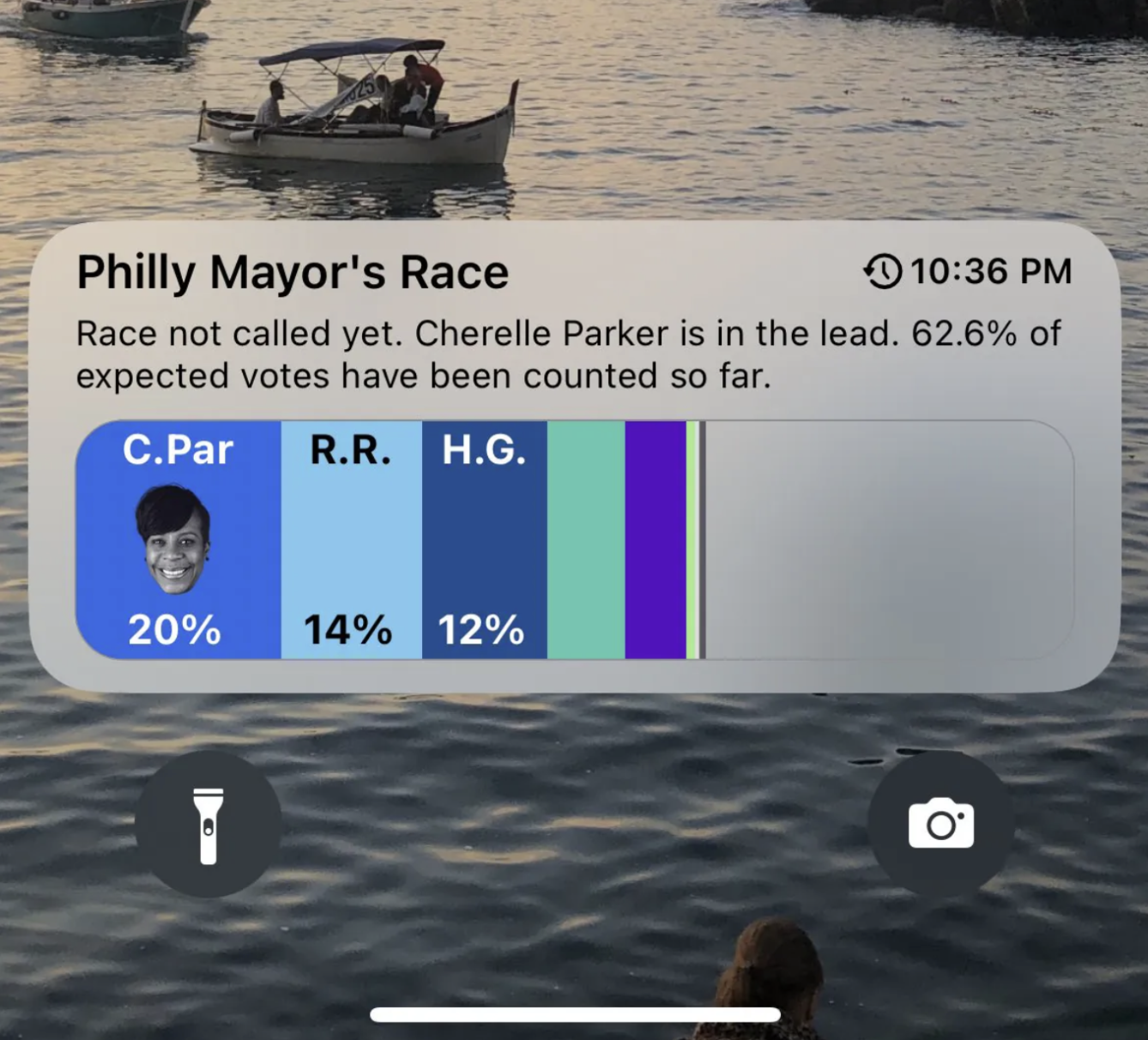If the product is news: The Philadelphia Inquirer case study
The case for tighter newsroom and product collaboration – and a radical approach to building news organizations for the future
This article is part five of a six-part series. New installments will be published over the coming weeks, so check back regularly for the next entries.
The Philadelphia Inquirer
The Philadelphia Inquirer, the third-longest continuously operating daily newspaper in the US, has made an impressive shift towards embracing digital as a legacy news operation. In 2016, the paper was donated into non-profit ownership which became the Lenfest Institute for Journalism. With this came investment in product and technology as well as other initiatives focused on digital transformation.
In 2025, The Inquirer has a bustling product organization of about 13 employees – at least five of which are dedicated product managers. They also have product operations within this team, an emerging role in mature product organizations that is focused on operational excellence and facilitating the work between the product team and other functions.
In addition to product operations, The Inquirer also has editorial staff members who are tasked specifically with innovation and development who collaborate closely with teams like product. This has given the product team a clear point of contact when trying to engage with the newsroom on certain initiatives, and enabled the newsroom to funnel priorities and points of view back to product.
Vice President of Product, Becky Bowers, noted one project in particular ahead of her arrival at the company that seemed to turn the tide in favor of more product and editorial collaboration.
“When [product] people first showed up and were sitting near the newsroom, folks were like, ‘What are you? And why are you here? We don't get it,’” Bowers explained. “And then we had an opportunity when the pandemic hit to suddenly collaborate very closely on slamming together a live blog product that would help sustain us through that intense time of news.”
It was in working on this product that the newsroom was able to witness the power of having product, design, and engineering skills involved in their process firsthand.
“The newsroom saw that and went, ‘OK, that's cool. We didn't have this capability before, and now we do,’” Bowers said.
Bowers credits the live blog product her team partnered with the newsroom to create during the coronavirus pandemic as a project that helped enable more trust between the two teams.
Bowers also noted that it’s been helpful to have a background in journalism herself, as well as other product managers she’s hired onto her team.
“Newsrooms have a very strong immune system. They will absolutely reject things that don't feel familiar. And The Inquirer has a legacy brand with a very strong sense of journalistic integrity and very high standards for their journalism. So it makes them extra sensitive to things that feel like they might be a threat or that feel different or destabilizing,” she explained. Being able to speak the language and point to her journalism experience allows for her to more successfully communicate with newsroom partners and establish common ground.
In order to keep communication open and collaboration tight, The Inquirer also has what they call a “priority panel” which meets every two weeks and consists of senior leadership across many divisions in the organization, including those from product, newsroom, marketing, sales, finance, legal, systems, and others. In this meeting, they assess if they’re still working on the right things, if there’s risk to any projects in progress, and if there are any new opportunities they need to start pursuing.
This allows them to cross-functionally adapt roadmaps and plan accordingly based on any shifting business priorities or needs in a highly visible and transparent way. A crucial need for news organizations trying to move as fast as the news.
An iOS lock screen widget launched by The Philadelphia Inquirer during the Philadelphia mayoral election in 2023. The idea came from a developer but was built in partnership with the interactives team. Credit: Nieman Lab
About the author
Mariah Craddick is a product strategist with deep experience in the news and media industry. She’s currently leading product strategy at The Atlantic with a focus on driving subscription growth and enabling retention through feature adoption and delightful subscriber experiences.
Previously, she led teams as product manager at The Wall Street Journal, McClatchy, and Crain Communications, playing a key role in building features that drive readership and engage subscribers. Prior to her product management career, she held several roles across the newsroom – from writing for the legendary Ebony and Jet magazines to executing social media strategy at Crain’s Chicago Business.
This “If the product is news” blog series published via the News Product Alliance is part of a larger research study and project she conducted as part of the Craig Newmark Graduate School of Journalism at CUNY’s Executive Program in News Innovation and Leadership which she completed in June 2025.



